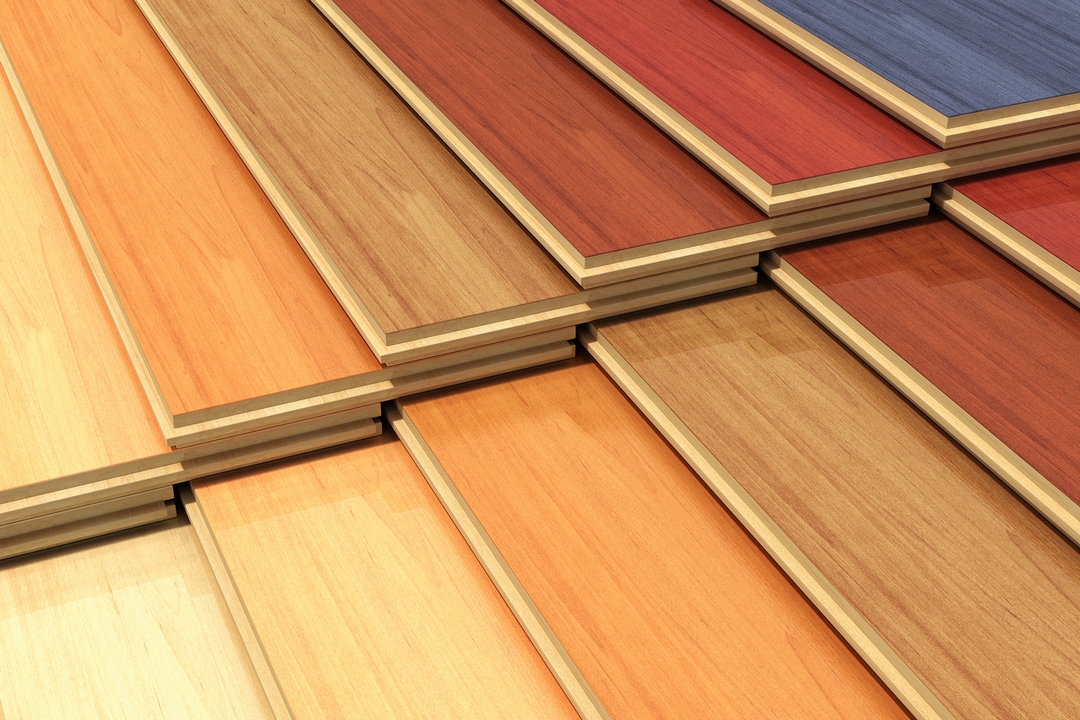Hardwood flooring is still one of the most popular floor surface covering materials. This is because it is both durability and beautiful at the same time. It has often been described as having personality and it is a welcome addition to any home. But softwoods are also quite popular and many people choose to either expose, or preserve softwood flooring surfaces in their home because they feel that this natural wood enhances the appearance and beauty of their residences.
Neither of these types of wood flooring are cheap to purchase or install and both have a few downsides. Wood flooring of any type is not usually present in any area where they could be exposed to water like bathrooms or laundry rooms. But wood flooring is still preferred by many discerning home owners who love the many benefits and beauty of this type of flooring. These people feel that the wood brings character and warmth add to the basic enjoyment of their home.
There are many choices when it comes to wood flooring. Here are some things you should consider when you are trying to decide whether wood flooring of any type is the best flooring material for your home.
1. Pros of softwood flooring
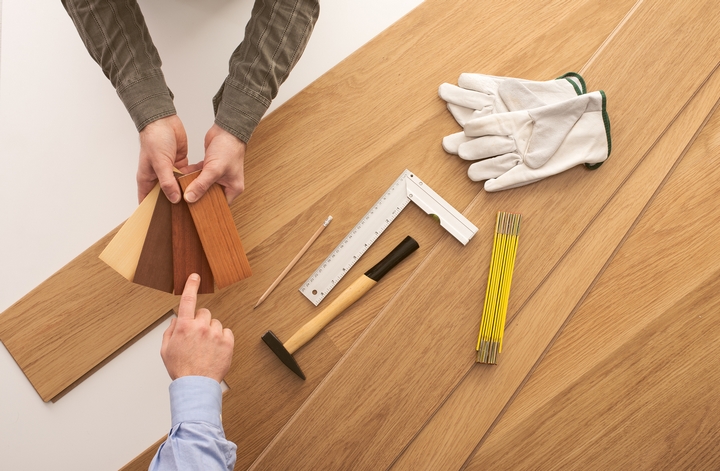
Softwood flooring products are made from a wide variety of trees. Some of the most common used for this purpose are pine, fir and cedar, all of which are in ready supply in most areas of North America. These trees made good softwood flooring products because they tend to grow and mature faster than some other species of trees and they are available and abundant in many regions.
Many people still love the look and the feel of some of the most beautiful wood flooring products available that come in the form of softwood lumber. They also like the fact that this type of flooring is friendlier to the environment because it is often sourced locally to the area and it also decomposes quickly when it’s time as a flooring material has been completed.
2. Cons of softwood flooring
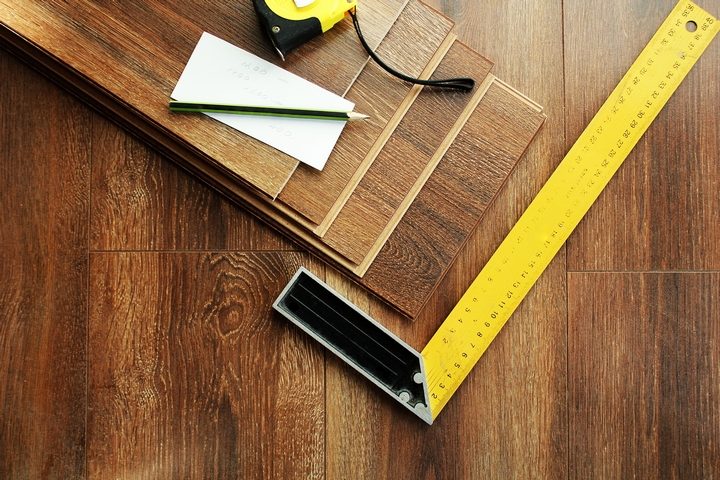
The downside of their rapid growth and maturation is that the wood from these trees is often less dense and as a result many be less durable as well. This softwood flooring is more susceptible to dents and scratches and it also makes it harder to refinish because low spots can often be created through the use of sanding machines.
There are far fewer softwood flooring options available than hardwood. That is mostly because many people fear, with good reason, that they will be easier to damage and harder to maintain.
3. Pros of Hardwood flooring
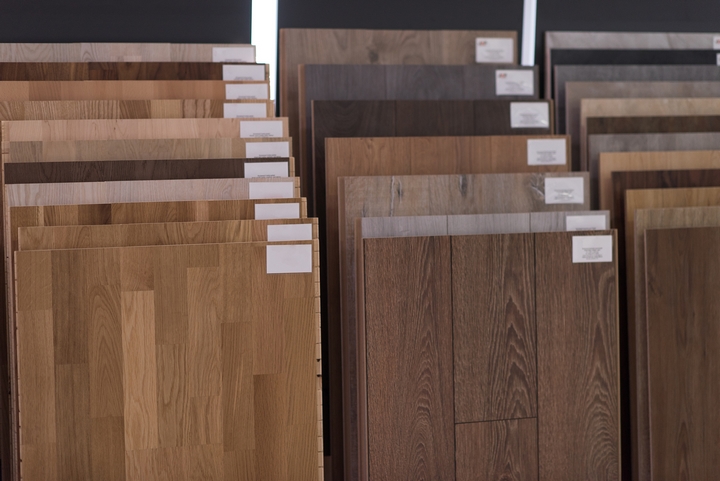
Hardwood flooring will never go out of style. That’s why it has been in use as a flooring product for thousands of years. Part of the allure is that every piece of wood is a little bit different and when polished, shined or lacquered, it makes one feel as if they are living on the outside in nature, even in the comfort of their modern home. It is also an ever-changing floor covering as it ages and assumes the nicks and dents of the people living near it and walking on it every day.
One of the most durable and popular is the red oak but others like hickory and maple are even harder. If you want to find the hardest hardwoods available you should consider the Brazilian Cherry, Brazilian Koa or Cumaru types.
4. Cons of Hardwood flooring
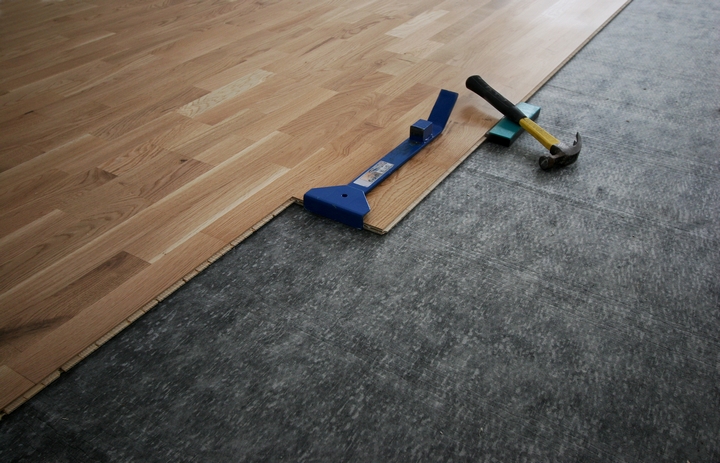
Hardwood flooring can be expensive and it does take some work to maintain. However, the people who love it wouldn’t have any other product to adorn and decorate their homes.
You can get hardwood flooring in solid or engineered form. The solid type is milled from solid logs or one piece of wood and joined with a traditional tongue and groove along both the long and short edges. Engineered hardwood flooring has multiple layers of plywood and composite material with a layer of hardwood on top. Some hardwoods are also harder and more durable than others.

